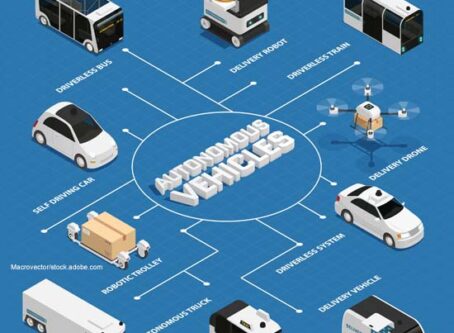FMCSA requests comments on new personal conveyance guidelines
A proposed change to federal regulations would allow commercial vehicle drivers to use their vehicles for personal conveyance, regardless of whether or not the vehicle was under load.
The Federal Motor Carrier Safety Administration is requesting public comments on the guidelines revision. The comment period closes Jan. 18. Comments may be submitted electronically here.
The existing guidance on personal conveyance was issued by the Federal Highway Administration, FMCSA’s predecessor agency, in November 1996. It was later published in a compilation of guidance issued in April 1997.
The guidance highlighted the use of the commercial motor vehicle as a personal conveyance in traveling to and from the place of employment, such as the normal work reporting location. The 1997 guidance included discussion of CMVs used to travel “short distances” from a driver’s en route lodgings to restaurants in the vicinity of such lodgings. In addition, the 1997 guidance explicitly excluded the use of laden vehicles as personal conveyance and the operation of the CMV as personal conveyance by drivers who have been placed out of service for hours-of-service violations. The guidance has remained unchanged since 1997.
In issuing today’s proposed revision to the guidance, the Agency focuses on the reason the driver is operating a CMV while off duty, without regard to whether the CMV is or is not laden. The previous guidance, which required the CMV to be unladen, was written for combination vehicles, where the driver could readily detach the trailer and use the unladen tractor for personal conveyance.
FMCSA notes in its request for comments that the current interpretation “had the inadvertent effect of not allowing drivers of single-unit work trucks that carry loads, as well as tools of trade and related materials, on the power unit to document this off-duty time on the record of duty status.”
“In the absence of a trailer, these loads, tools and other equipment cannot reasonably be offloaded, left unattended and reloaded after the power unit has been used for personal conveyance,” the filing states. “This proposed revision to the guidance eliminates the requirement that the CMV be unladen and thus the disparate impact created by the previous guidance.”
The proposal notes at least five instances in which the use of a commercial motor vehicle would not qualify as personal conveyance, including:
Examples of uses of a CMV that would not qualify as personal conveyance include, but are not limited to, the following:
- The movement of a CMV to enhance the operational readiness of a motor carrier. For example, moving the CMV closer to its next loading or unloading point or other motor carrier-scheduled destination, regardless of other factors.
- After delivering a towed unit, and the towing unit no longer meets the definition of a CMV, the driver returns to the point of origin under the direction of the motor carrier in order to pick up another towed unit.
- Continuation of a CMV trip in interstate commerce, even after the vehicle is unloaded. In this scenario, on-duty time does not end until the driver reaches a location designated or authorized by the carrier for parking or storage of the CMV, such as a permanent residence, authorized lodging, or home terminal.
- Bobtailing or operating with an empty trailer to retrieve another load.
- Repositioning a CMV and or trailer at the direction of the motor carrier.
The agency is asking commenters to address the following questions:
- Which carriers or drivers would take advantage of the additional flexibilities proposed in this guidance?
- Are there particular segments of the industry that would take advantage of this change more than others?
- Are there some carriers or segments of the industry that would prohibit their drivers from driving laden vehicles for personal conveyance?
- For what reasons would a carrier prohibit drivers from driving a laden vehicle for personal conveyance?
- What benefits would the new flexibilities provide to carriers and drivers?









